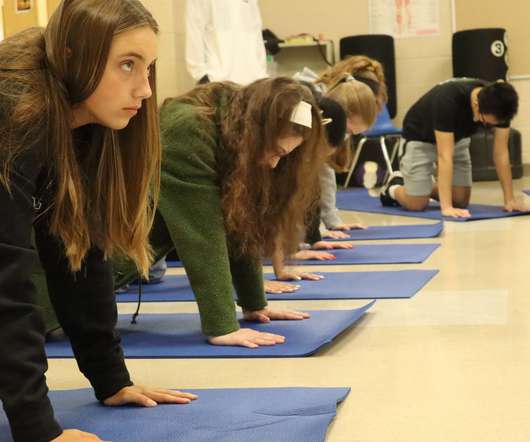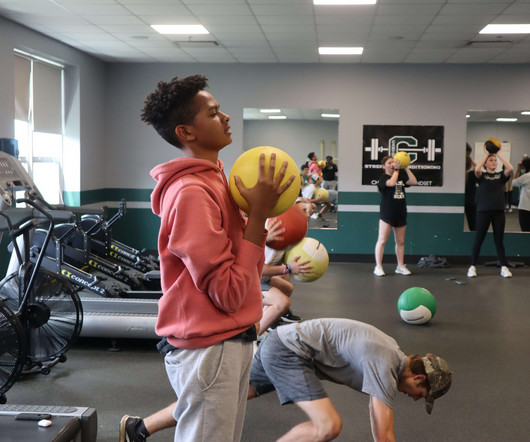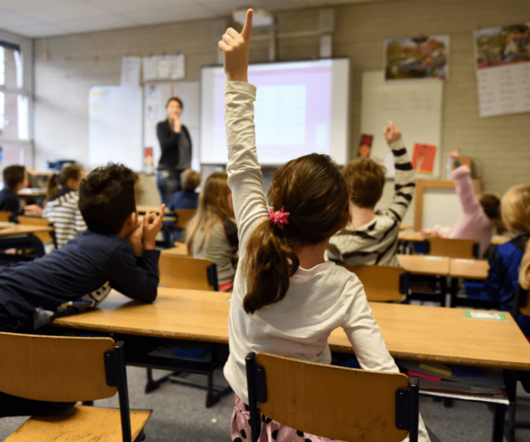Physical Activity And Academic Performance
PLT4M
SEPTEMBER 6, 2022
(Physical Activity Guidelines) And yet, less than one-quarter (24%) of children 6 to 17 years of age participate in 60 minutes of physical activity every day. Let those numbers sink in. Exercise and Academics – Why Aren’t Kids More Physically Active? And at schools, physical activity is getting the cut.













Let's personalize your content